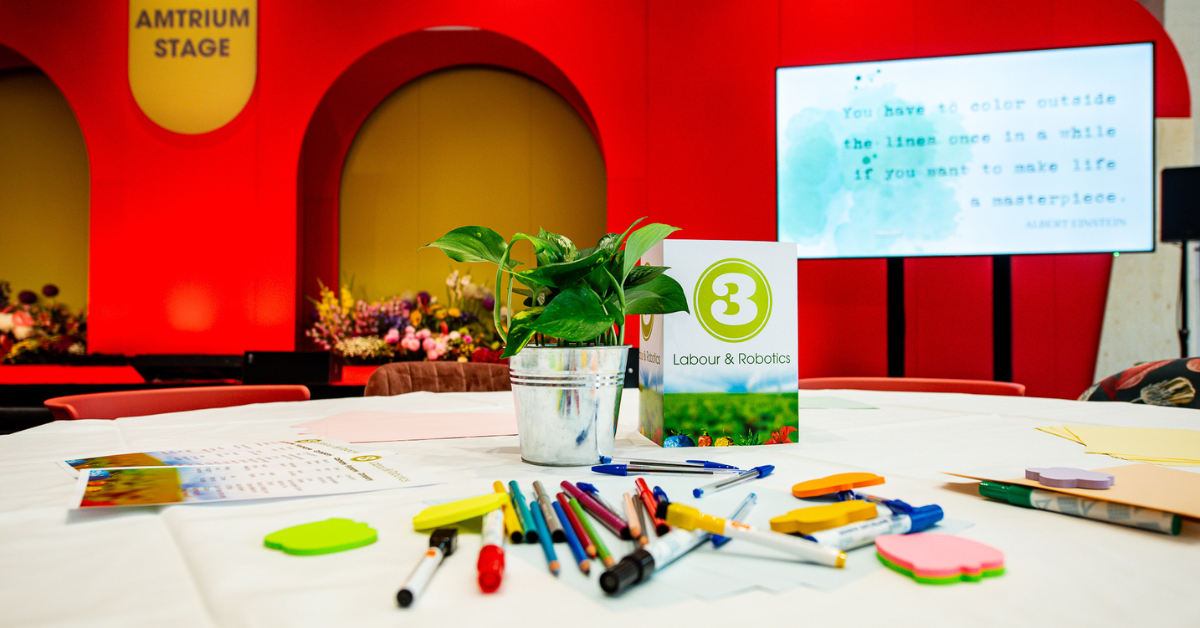Greenhouse Energy and Irrigation Management leads to efficiency
 Grodan
GrodanIt wasn’t that long ago, in the early 2000s, that greenhouse growers were working without climate screens or even lighting crops over winter. Andrew Lee, Knowledge Manager at Grodan, says that energy efficiency was nowhere near where it has come today. “Nowadays, lower heat input is possible in greenhouse environments, and growers can still maintain uniformity and high-quality yields across their crops.”
Andrew Lee pulled some baseline figures from 2000 and he found that growers were generally using about 600 KwH of energy per square meter–about 60 cubic meters of gas per square meter, “which is astounding,” he says. That energy input went along with about 30 liters of water per square meter per week during winter (and a drain volume of around 30%).The main research question at the time was: “Is it more economical for humidity control to vent first and then heat the greenhouse? Or heat the greenhouse and then vent?”. The answer was to vent first and then heat the greenhouse.
Fast forward to today, and the evolution has been remarkable
The energy crisis in the late 2000s triggered a major research effort into finding ways to lower heat input. As such we now use the climate screens every day and we fully understand the term absolute humidity (AH) when it comes to climate control. At the same time high pressure sodium lamps are now replaced with low energy LED lighting. This momentum is now continued in an innovative research program by Grodan and Philips Horticulture LED Solutions, taking a closer look at energy efficiency. The research question raised was, “Can we stimulate sufficient water and nutrient uptake in a low heat input full LED crop using an additional growing pipe or active dehumidification?”. Grodan and Philips chose the latter.

The Pace of Change
The idea for the dehumidification system was simple. “Could keep the climate screens and vents closed and work with lower pipe temperatures, yet still maintain adequate water and nutrient uptake in the absence of radiant heat input? Could we reset the benchmark in terms of energy consumption?” Lee asks. Recall that tomato growers were using around 60 cubic meters of gas per square meter around 2000. Today we see 30 cubic meters per square meter as the norm. Now, in this trial, Lee is reporting that the team has achieved 15 cubic meters of gas per square meter by playing with variables and steering the crop the way they want to. “This is plant empowerment taken to a new degree of control. You can really understand the importance of aligning all that you do–in climate, irrigation, and crop management,” Lee says. Control leads to uniformity, and uniformity leads to a more reliable bottom line for growers.
So the question is, what will be the new norm in energy consumption 5 years from now?



.png?h=628&iar=0&w=1200)




